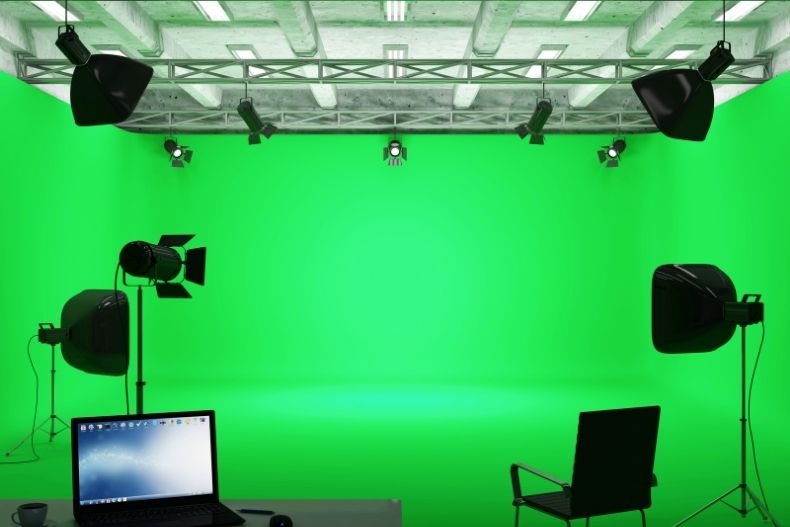When it comes to filmmaking, on whatever scale this is undertaking, there are few more useful tools in the industry than a green screen.
There are seemingly no limits to what the use of a green screen, and relevant accompanying technology, can take you and your film project. When used well you can transport your narrative to far off worlds or create an intimate setting that can not be produced in real-life for financial reasons or technical constraints.
Many associate green screen with sci-fi or fantasy movies, where clearly the use of green screen effects help to bring the fantastical to life but the green screen technique is used in a whole array of film and tv genres.
Usually, the underlying reason for using the green screen isn’t just to provide a backdrop that is truly out of this world, it’s to save money. Sometimes shooting even the most basic scene can prove problematic and if the location can be replicated by using a green screen, then more often than not a production will choose to do so.
Despite the use of green screen being very common, there are still issues that many users face that can be improved, with effective lighting being one of the key concerns.
The following guide will hopefully go some way to aiding you overcome this issue or at least point you in the right direction.

Preparing the Green Screen Environment
Firstly make sure the green screen you are using is stretched as tight as possible as any wrinkle or crease will result in a reduction of quality in the final shoot. Standard use of clamps is suggested and these are of course part and parcel of any lighting rig in any case.
Your subject, or subjects, should not be placed too near to the green screen, avoiding this will help prevent light spills which will negatively affect the shoot as a whole.
Avoid using shiny clothes or fabrics with patterns as these can pick up the cast of the studio lights and create spill lighting.
Reflective materials don’t work well in the green screen environment and you should avoid using jewelry wherever possible. Also, elect to use a small green screen if possible, there isn’t a need to overdo the size of the screen if it isn’t necessary, doing so frivolously will just give you more space to light and perfect.
Lighting
Keep your overall lighting even as this will help with the keying process, similarly enhancing the separation between your subjects and the green screen with backlighting, the greater the separation the easier it will be to key later on.
Try to keep all your lighting sources uniform, by this we mean look to pair lights up by make and model, using the same settings. Avoid ‘hard’ lighting and use diffusers where possible to help balance the overall lighting feel.
The key here is to keep things as smooth as possible and to avoid any sharp contrasts that will not work well with the green screen effect.
Separation
Another crucial tip is to make sure you light both the subject and the green screen separately, this will help the overall smoothness of the shoot. It’s best to first light your subject first and then the green screen.
Also remember you are lighting for the scene you are creating and not the scene of the shoot with the green screen.
For example your shoot may be in front of a green screen but the ‘action’ is taking place on a bright sunny day at a beach, you are lighting for the scene, and not the shoot.
There are many ways to prepare for you for an effective shoot but perhaps a key, and maybe obvious, tip when it comes to learning how to light a green screen is to avoid using the color green as clearly this would somewhat defeat the purpose of the green screen itself.
If used well a green screen can be a hugely useful filmmaking apparatus and lightning is hugely important when it comes to creating a believable and realistic green screen effect and there may well be a lot of trial and error when it comes to working out what offers the desired effect.
Fortunately, any errors you make will be more easily fixed in the production or in post than if you were shooting on location. There are many editing tools that can effectively fix some issues you may face with a green screen and this too will be easier to amend than if you were attempting to shoot outside on location.











